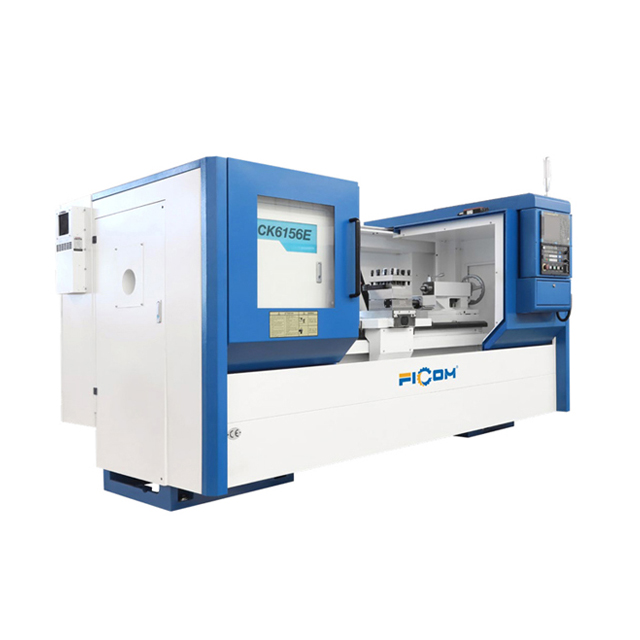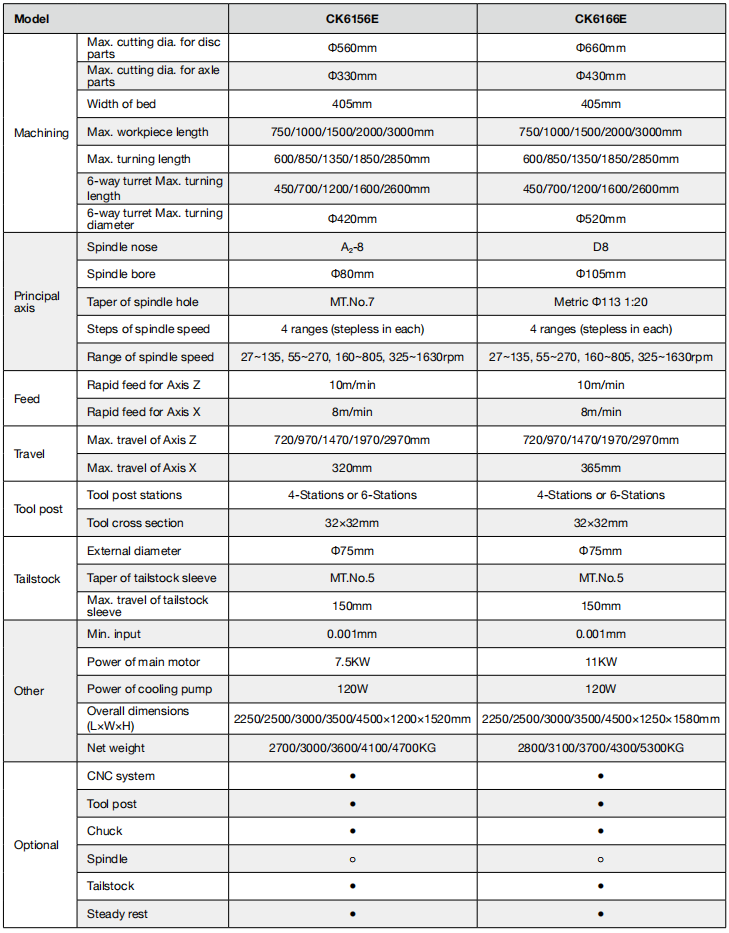Views: 4 Author: JSC Publish Time: 2024-12-25 Origin: Site
CNC lathe machines represent the cutting edge of manufacturing, offering unmatched precision and efficiency. With the ability to automate complex processes, CNC lathes have become an essential tool in industries such as aerospace, automotive, and medical manufacturing. In this guide, we’ll explore the key features, benefits, and applications of CNC lathes, and why they are a game-changer for modern production environments.

A CNC lathe, Unlike manual lathes, which require direct operator control, CNC lathes are automated to perform cutting, drilling, and shaping tasks with incredible precision. By utilizing G-code, CNC lathes can perform repetitive operations with minimal errors, making them ideal for high-precision manufacturing.
1. Automation: CNC lathes operate using pre-programmed instructions, minimizing human error and optimizing production.
2. Precision: They can achieve incredibly tight tolerances, ensuring consistent results in mass production.
3. Versatility: CNC lathes can machine a variety of materials, including metals, plastics, and composites.
4. Efficiency: These machines can operate continuously, producing large quantities of parts without compromising quality.
1. Vertical CNC Lathes: These lathes are perfect for machining large, heavy parts that require high rigidity and stability.
2. Horizontal CNC Lathes: Ideal for smaller and more intricate parts, horizontal lathes allow for easier access and greater flexibility in design.
3. Twin-Turret CNC Lathes: Equipped with two turrets, these lathes can perform multiple operations simultaneously, increasing productivity and efficiency.
CNC lathes are used in various industries due to their precision and flexibility:
· Automotive: For machining engine components, transmission parts, and gears.
· Aerospace: Creating high-precision parts like turbine blades and landing gear components.
· Medical: Manufacturing surgical instruments, implants, and diagnostic tools.
· Electronics: Producing small, intricate components for devices like mobile phones and computers.
1. Programming: The first step in using a CNC lathe is to create a program using G-code. This code tells the machine exactly what movements to make.
2. Setting Up: The workpiece is loaded onto the lathe, and the appropriate tools are chosen based on the job.
3. Machining: The CNC lathe begins its operation, following the program to execute precise cuts, drills, and other machining processes.
4. Finishing: Once the machining is complete, the part is removed and inspected for quality.
· High Precision: CNC lathes can consistently produce parts with tight tolerances, ensuring uniformity in mass production.
· Automation: The ability to automate machining processes reduces the need for skilled labor and allows for 24/7 production.
· Cost-Efficiency: CNC lathes can lower labor costs, reduce waste, and improve production speed.
· Complex Machining: CNC lathes can perform intricate and complex cuts that would be impossible with manual lathes.
The major difference between CNC lathes and manual lathes is automation. While manual lathes require an operator to control the machine’s movements, CNC lathes use computer programs to dictate the machine’s actions. This results in more consistent, faster, and precise machining. However, manual lathes are still used in small-scale operations and for simpler tasks.
1. What is the difference between a CNC lathe and a manual lathe?
CNC lathes are automated and controlled by computer programs, offering higher precision, speed, and efficiency compared to manual lathes, which require manual control.
2. How precise can a CNC lathe be?
CNC lathes can achieve extremely tight tolerances, often within microns, making them ideal for high-precision parts.
3. What materials can CNC lathes machine?
CNC lathes can machine a wide range of materials, including metals, plastics, ceramics, and composites.
4. What are the benefits of using a CNC lathe?
CNC lathes offer higher precision, faster production times, and lower labor costs. They also allow for automation, reducing human error and improving consistency.
5. What industries use CNC lathes?
CNC lathes are used in industries such as automotive, aerospace, medical, and electronics for manufacturing high-precision parts.

CNC lathes are indispensable tools in modern manufacturing, providing unmatched precision and efficiency. Whether you’re looking to improve production speed or achieve high-precision results, CNC lathes offer a range of advantages that make them suitable for industries across the board.
Call to Action:
Looking for a reliable CNC lathe? Contact us today to explore our extensive range of Precision Lathe Reliable Pergormance and find the perfect solution for your production needs.
Phone: +86-13905278551
E-mail: jeff@jscmachinery.com
WhatsApp:+86-13905278551